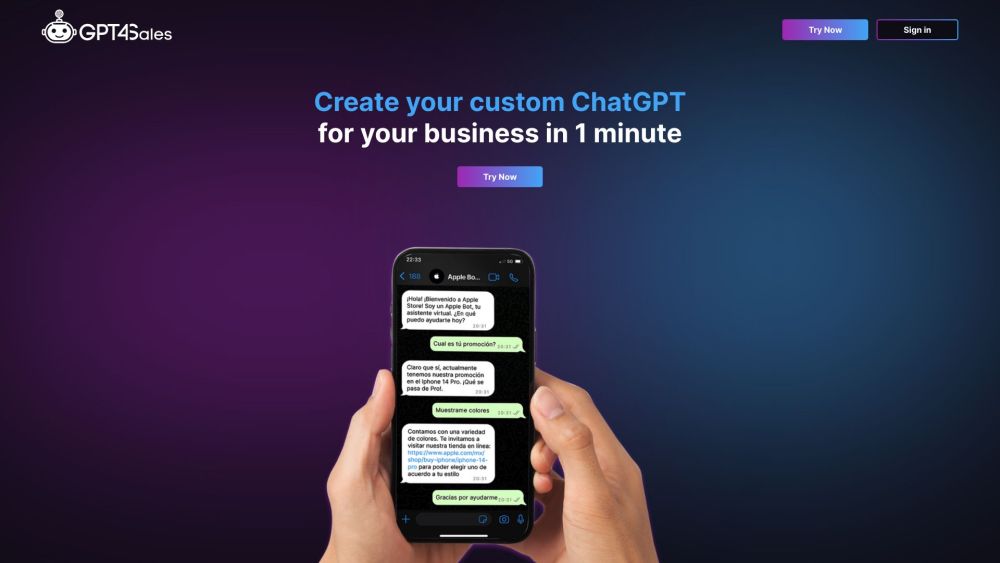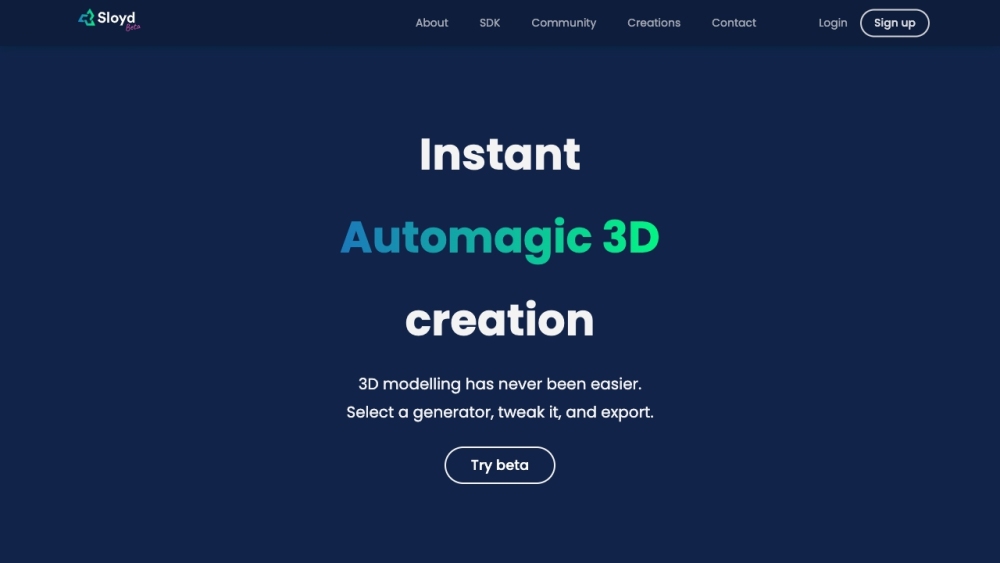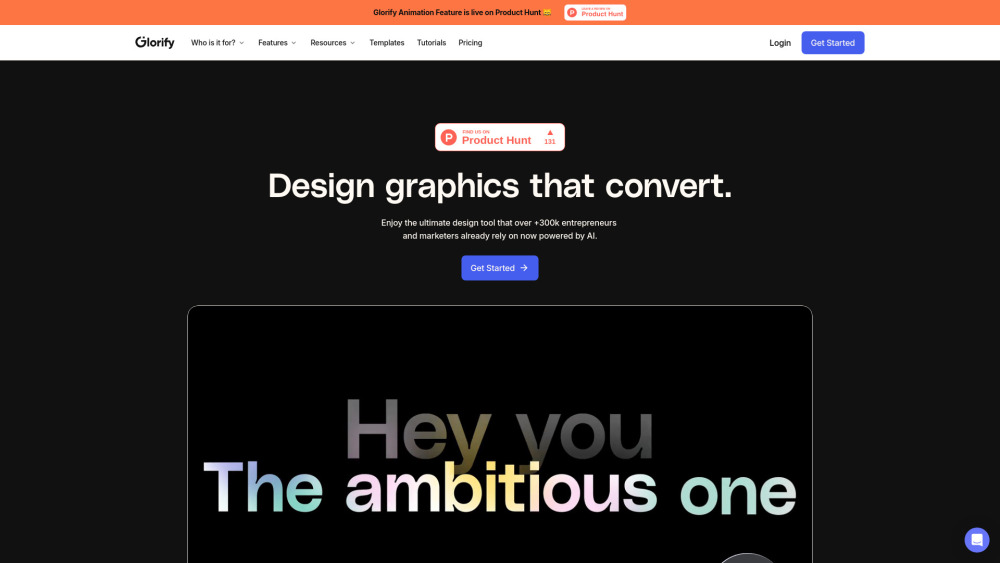Google Expands AI Overviews to India, Brazil, Japan, UK, Indonesia, and Mexico: Enhancing Information Access Worldwide
Most people like

Discover how to enhance your messaging experience with a tailored GPT solution for WhatsApp and Telegram! This innovative technology allows you to create a personalized chatbot that can engage users, answer questions, and streamline conversations, making your communication more efficient and effective. Whether you’re a business looking to improve customer interaction or an individual wanting a more dynamic chat experience, leveraging a custom GPT can transform the way you connect. Explore the possibilities and elevate your messaging today!

Discover Sloyd, an intuitive 3D modeling tool designed to simplify the creation of high-quality, optimized assets. With its customizable generators, Sloyd empowers creators to easily craft unique models tailored to their specific needs. Perfect for game developers, designers, and artists, Sloyd makes 3D modeling accessible and efficient.

In the competitive world of e-commerce, visually appealing designs can make or break your brand. Utilizing the right online graphic design tools is essential for creating captivating visuals that enhance your online store's appeal. Discover how these innovative resources can simplify design processes, boost your marketing efforts, and ultimately drive sales, making your e-commerce venture thrive.
Find AI tools in YBX



